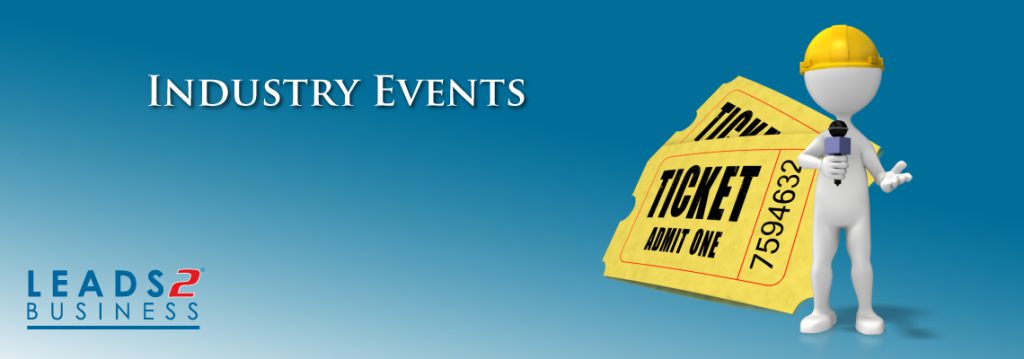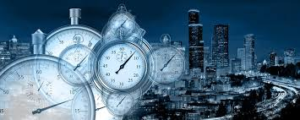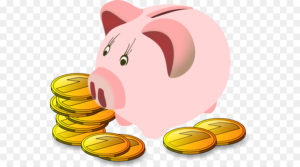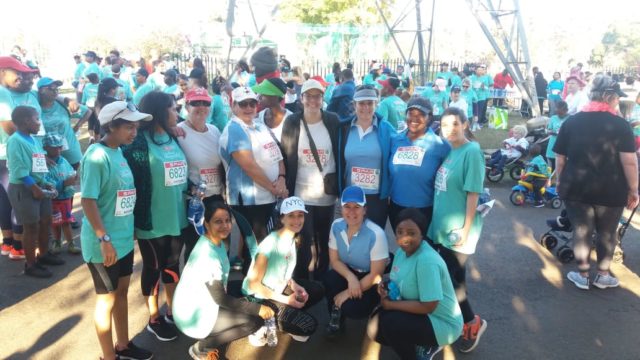10 Steps to Customer Service

I think it would be safe to say that great customer service is the key to any successful business.
When was the last time you received a complaint about customer service? Do you think there is a chance that your customer service might not be up to par?
Looking at the next 10 steps to customer service might just be what your company needs to go from average customer service to impeccable customer service.
| 1. Communication is key!!
Now that is a statement that I can get behind. |
 |
2. Know what your customer wants
This is quite simple. If you truly believe in customer service you’ll know that if you listen to the finer details of what your customer is saying, you can figure out what they actually want and need before they have to say it out loud.
Now that will definitely impress anybody and is sure to get you some recommendations and compliments.
| 3. Make them feel at home
Don’t you just love it when you walk into a store and you instantly feel at home? |
 |
4. Respect
Treating your customer with respect can be the difference between getting return business from them and never seeing them again.
We all want to feel respected when visiting other establishments and even in our own. It is imperative to remember that you cannot expect your customers to respect you, your employees or your business if you cannot show then respect first.
| 5. Happy & Helpful
Whether you’re greeting a customer or assisting with a problem, always try your best to be as helpful and friendly as possible. |
 |
6. Never delay your response
If your customer approaches you with a problem do your best to resolve it as quickly as you can. Get all the information you can and might need to resolve the problem as best you can.
The quicker the problem is resolved the better the outcome for yourself and the customer.
7. Keep to your word
There is nothing more disappointing than visiting your favourite outlet to discover that the service is no longer as great as it used to be.
It is imperative to deliver the same service at all times, never over promise and under deliver
8. Be more skilled
If you’re going to be selling a product or service, make sure you know all there is to know about it.
If you have all the knowledge there is on that specific product or service you will be able to answer all your clients’ questions and also help them make a better informed decision.
| 9. Everyone is equal
Treating all your customers the same sends a great message. People like visiting establishments where they know that they will be treated in the same warm and friendly manner as the previous person. |
 |
10. You can make a mistake
You are human just like any other person you will make mistakes.
The way you handle those mistakes is what is important. Instead of ignoring the problem or saying that it was not you, try admitting to it. You customer will be more at ease with you once you admitted your mistake and apologized for it.
To view more articles, please visit the Leads 2 Business Blog.
If you are interested in becoming one of our subscribers, please visit Leads 2 Business.
To view notes with screenshots on how to use our website, please visit the Leads 2 Business Wiki.
Sources
AQ-Services
The Next Web
About Genevieve Smith
Genevieve Smith, I have been working at Leads 2 Business for just over a year now. I work in the Johannesburg office as an account coordinator.
















